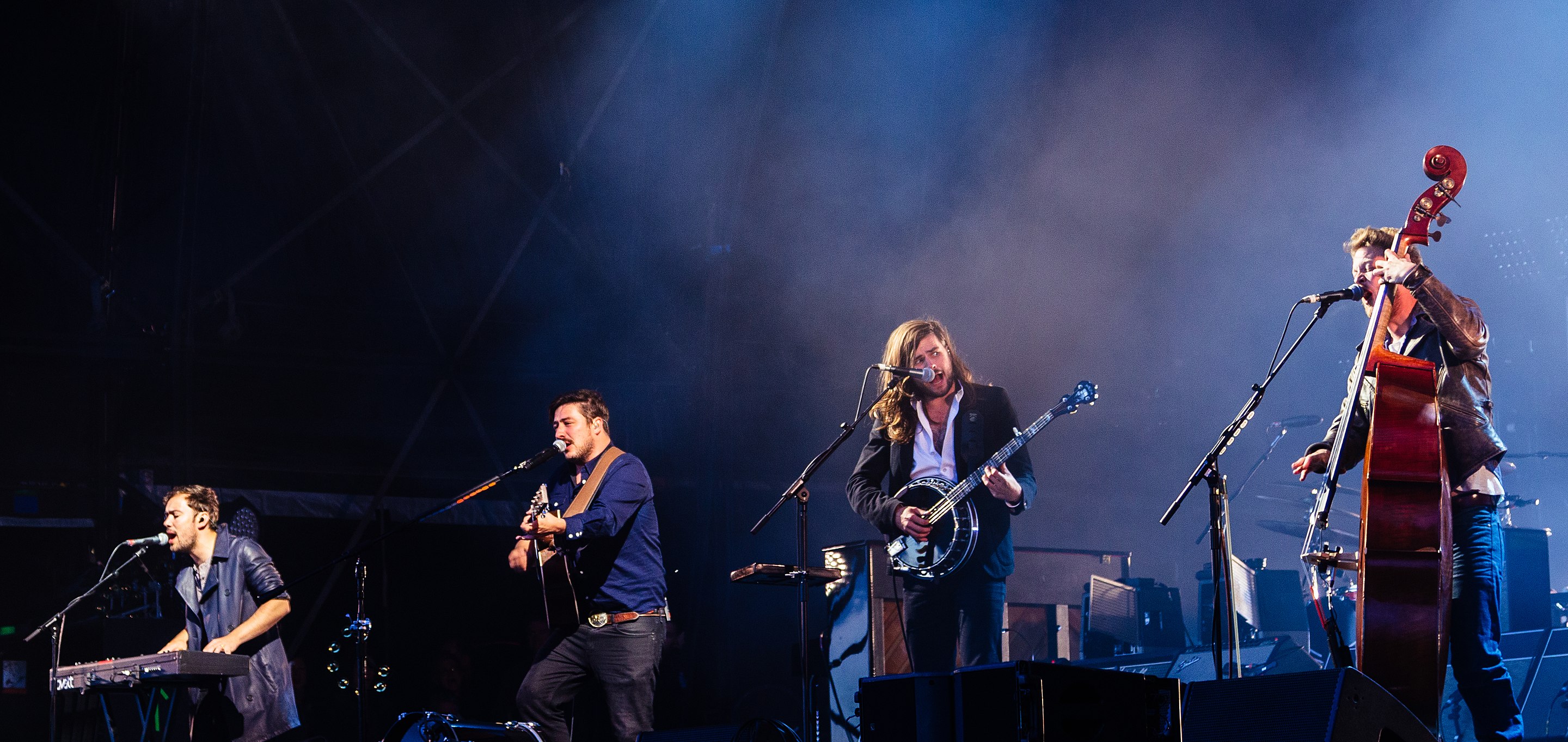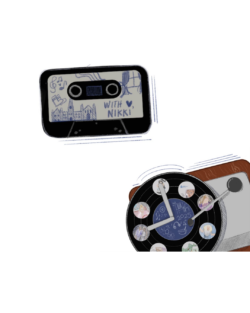Mumford & Sons is a band that, by all accounts, should not be as popular as it is. In an age where the music industry has been absolutely dominated by synth drops, speaker-busting baselines, and ham-fisted guest rapper features, this group sticks out like a banjo amongst beat-pads—probably because that’s exactly what they are. After gaining a following from their 2009 record Sigh No More, featuring the tracks “The Cave” and “Little Lion Man,” Mumford & Sons have since produced a multitude of wildly successful tracks, including the triple-platinum single “I Will Wait” headlining their second studio album Babel (2012). In the following period of time, the band has released two more albums, including 2015’s Wilder Mind and, most recently, 2018’s Delta. That latest entry, Delta, is to me the most wholly realized and well-crafted product Mumford & Sons has produced to date thanks to the stylistic cues it takes from the band’s long history.
Delta is on its own a quality collection of music, yet it is improved even more so when taken in context with the band’s previous releases. Prior to 2015, Mumford & Sons was largely recognized for their rustic, folky aesthetic, both visually and musically. Their biggest tracks were all carried through with an acoustic guitar, an upright bass, and the iconic plucks of a banjo throughout. This folky image of the group was fundamental to their marketing, their records, and essentially their whole brand. Yet, in 2015, the album Wilder Mind set them off in an entirely new direction, launching the group to shed that sepia-toned stereotype and replace it with bright lights and electric guitars. Wilder Mind received a generally positive response, albeit more mixed than the previous records because of its thematic departure. From that point on, it seemed as though the quartet had left behind that previous iconography and looked to reshape themselves into a more mainstream indie rock band, regardless of critical reception.
Enter September 2018, and Mumford & Sons releases a new lead single, “Guiding Light.” It opens with nothing but Marcus Mumford’s voice and an acoustic guitar and then builds through the verse adding some background ambience, an underlying piano, and yes, a banjo. Yet, the spirit of Wilder Mind still has some presence, especially in the latter half of the track. The ambience builds to a full-on electronic reverb effect, the bass is electric rather than upright, and some serious percussion is layered in to really heighten the energy of the piece. This is neither the work of banjo-wielding ruffians from last century nor is it the anthem of a British alt-rock group. Instead, it falls comfortably and naturally between the two.
This comfortability in the sonic identity of the band is something that remains consistent throughout Delta. Rather than feeling lost between artistic visions, Delta somehow manages to incorporate both without sacrificing one for the other. The creative process of the band was not some zero-sum game of acoustic folkiness versus electric riffs, but instead a melding of the two. In an interview with NME, guitarist and banjoist Winston Marshall detailed the creative process they went through in Delta’s creation, stating, “I think at the beginning [of recording the album] we kind of fell back in love with the old instruments we didn’t play on ‘Wilder Mind’ like the acoustic stuff and the more folky instruments but [we were] conscious [about] how we can make these instruments sound not like these instruments which opened up a whole new world for us…”.
It is evident on tracks like “Beloved” and “Slip Away” that this new approach to old instruments worked wonderfully. Unlike their older work, in which those elements were very much the main focal point, these two tracks very subtly incorporate the banjo and others into an already well-realized melody. Others, like “Woman” and “Picture You,” lean further into the essence of Wilder Mind than they do the older music, and yet they do not feel out of character. In fact, their utilization of the more electronica-style reverb effect really helps differentiate these tracks from the rest. When taken as a unified piece of art, Delta is absolutely successful in its mission of bridging the old and the new, proving that Mumford & Sons as a group has grown more comfortable and more nuanced in their idea of the kind of band they want to be.





